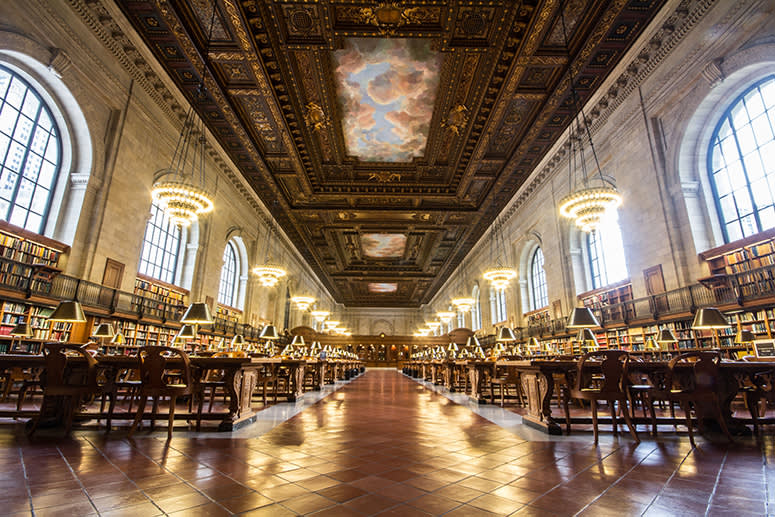
Thomas Hastings and John Mervin Carrere
Stephen A. Shcwarzman Building, NYPL, 1897-1911
Well before the COVID-19 outbreak forced people to reexamine how they interact with each other and the outside world, libraries have been imposing strict rules and regulations that now seem routine within our new normal. From requiring ID cards for entry and banning personal belongings, to advocating for adequate social distancing and requiring that silence be maintained at all times, libraries may, in fact, be the future of social life.
While they many not scream ‘fun,’ when considering the life-saving role many public resource institutions have played in the lives of people during their most challenging times, the historical and present-day significance of libraries runs deep throughout cultures and across continents.
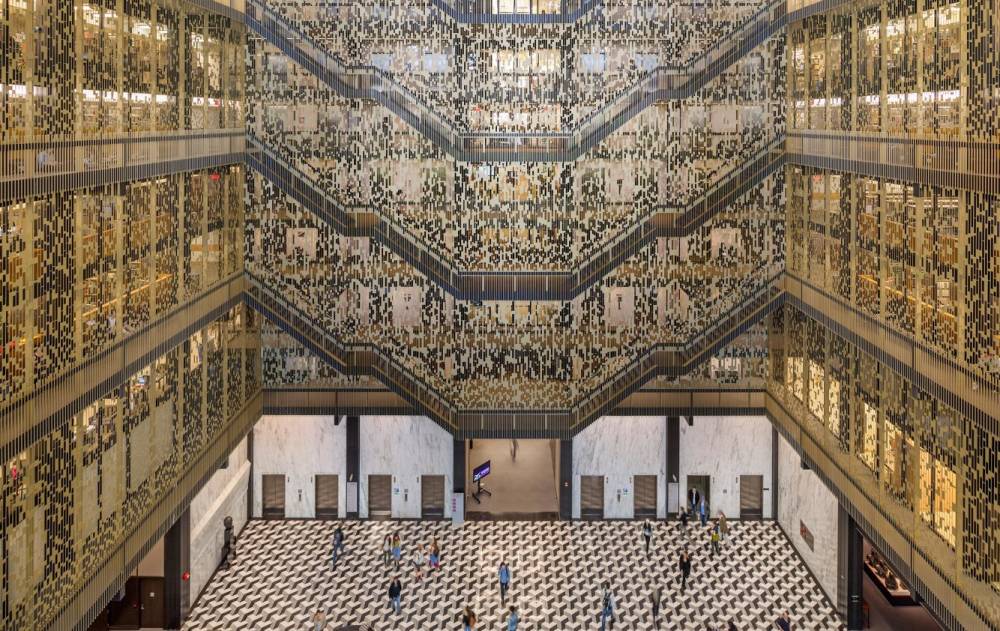
Richard Foster and Philip Johnson
Elmer Holmes Bobst Library, NYU, 1973
For American poet and civil rights activist Maya Angelou, libraries have always served as a metaphorical “rainbow in the clouds.” Sharing stories of how a library saved her own life as a child, Dr. Angelou recalls, “I don’t say I understood those books, but I read every book, and each time I [would] go to the library, I felt safe. No bad thing can happen to you in the library.” A liberating concept especially in today’s climate, libraries are more than a building or room containing collections of book, periodicals, and manuscripts, they are public sanctuaries that provide possibilities of hope and safety.
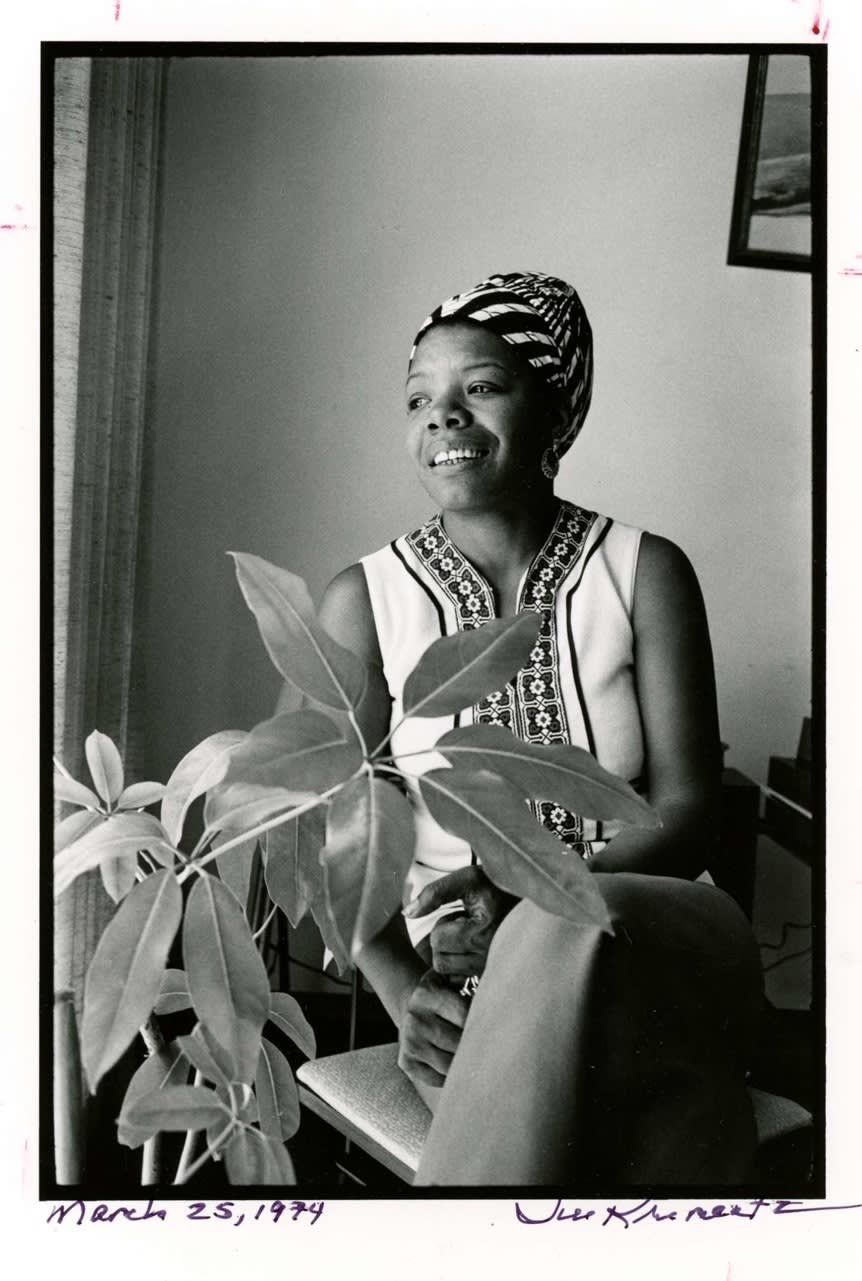
NYPL Schomburg Center
Portrait from Research Guide on Dr. Maya Angelou

NYPL Schomburg Center
Portrait from Research Guide on Dr. Maya Angelou
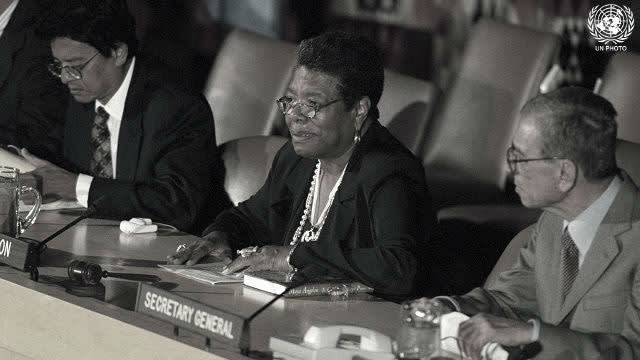
Maya Angelou
Speaking at The United Nations
Libraries never discriminate, the opposite in fact, they make information accessible and knowledge available to everyone; and, as Dr. Angelou has also said, “Information helps you to see that you’re not alone.” Perhaps it is this idea of openness coupled with the significance of books as vehicles for endless amounts of learning, that is why so many prominent architects have applied their skills to the design of libraries around the world.
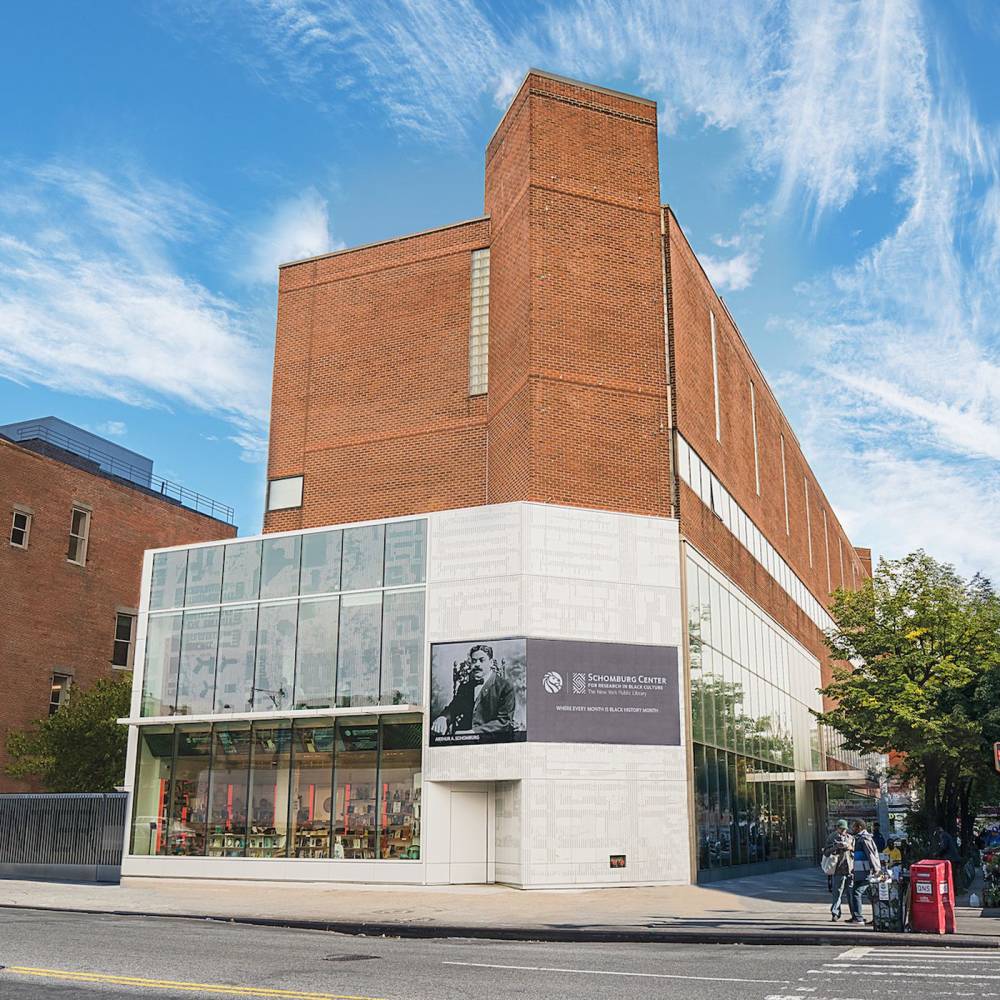
Marble Fairbanks
Renovation, The Schomburg Center for Research in Black Culture, NYPL, 2017
The library of congress, perhaps the most famous of such research institutions, is housed across three buildings on Capitol Hill in Washington, D.C. While president James Madison is credited with first proposing the idea of creating a congressional library in 1783, it wasn’t until Thomas Jefferson took office that the project took shape. Established in 1800, the Library of Congress has evolved and expanded significantly over the past two centuries, although the figurehead of the library still remains the oldest of the three buildings, the Thomas Jefferson Building. Built between 1890 and 1897 by architect Paul J. Peltz, the Beaux-Arts style building’s classical façade and elaborate interior remains a commanding presence in the nation’s capital. The historical building is so significant, in fact, that many countries and major cities around the world have taken a cue from this American landmark and built their own national libraries.
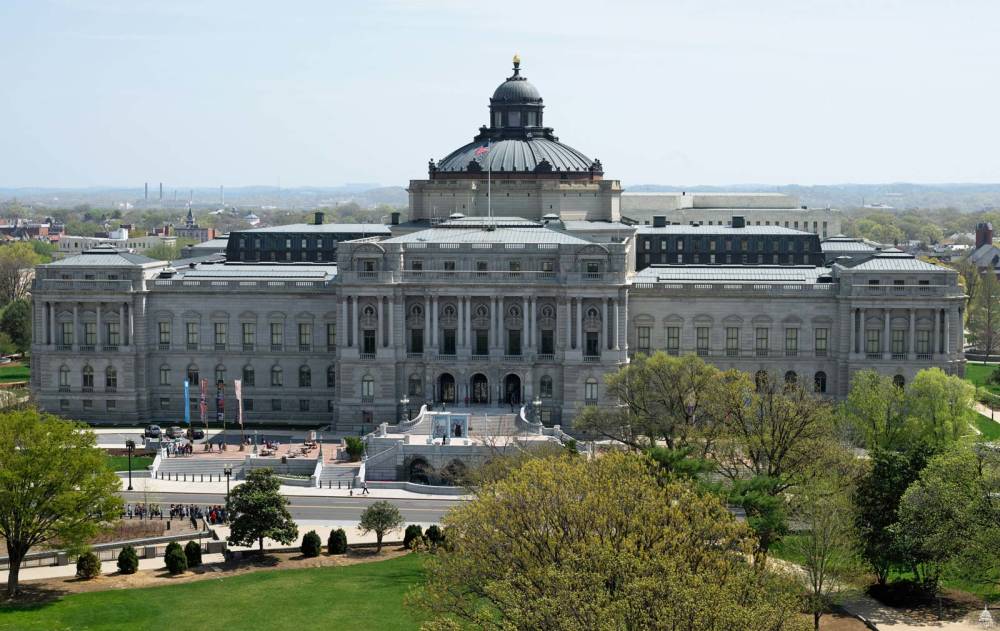
Paul J. Pelz, John L Smithmeyer and Edward Pearce Casey
Library of Congress Washington D.C., 1890
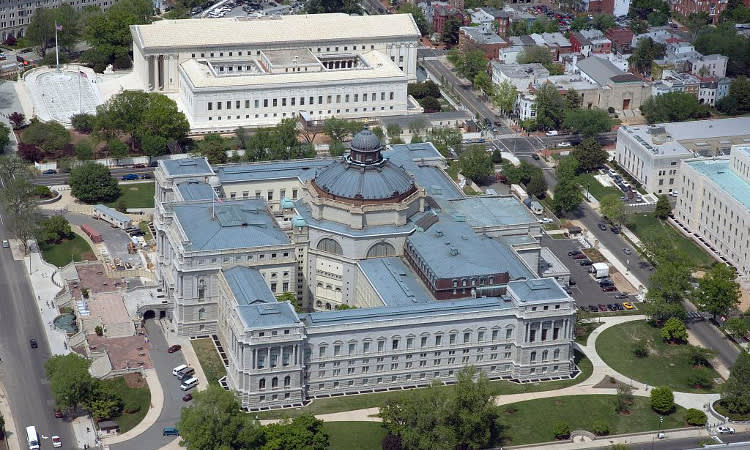
Paul J. Pelz, John L Smithmeyer and Edward Pearce Casey
Library of Congress Washington D.C., 1890
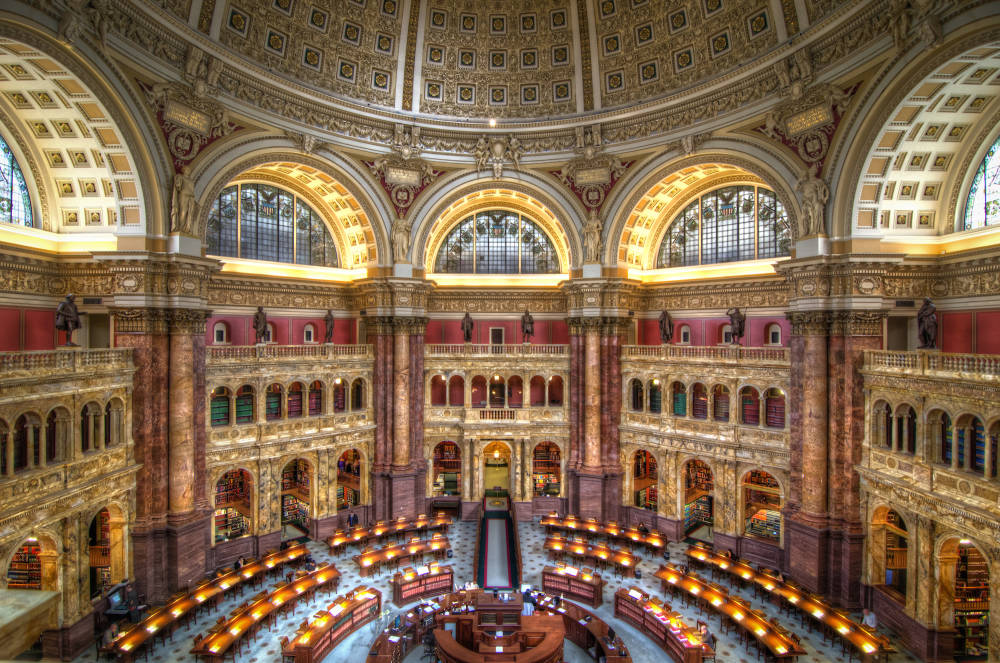
Paul J. Pelz, John L Smithmeyer and Edward Pearce Casey
Library of Congress Washington D.C., 1890

Paul J. Pelz, John L Smithmeyer and Edward Pearce Casey
Library of Congress Washington D.C., 1890
Founded in 1661, the Berlin State Library is one of the largest and most important libraries in all of Europe and has accumulated over 11 million volumes of printed material since its inception. In its nearly 500-year history the library has lived through expansion, war damage, division, and unification, with a story of its own that rivals that of many of the books and manuscripts housed in its collection. Following the devastation of World War II, the library set out to erect a new building to house part of the evacuated holdings from the Western Allied occupation zones at the end of the war. A building of enormous physical and metaphorical scope, construction began on the project in 1967, spearheaded by architects Edgar Wisniewski and Hans Scharoun. The complex yet expressive building contains volumes of reading rooms, offices, and stacks, stitched together by stairways. Deriving its form from its function, the building’s idiosyncratic design was yet another notable source of inspiration for many of the national libraries that have emerged since.
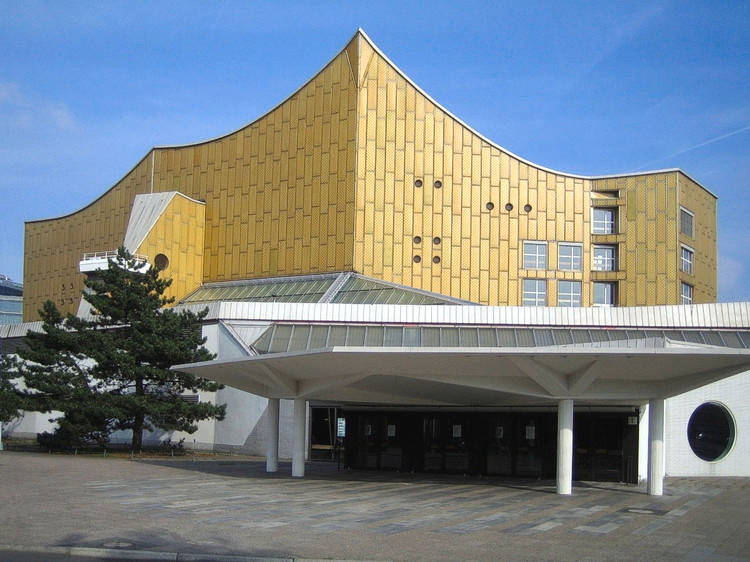
Edgar Wisniewski and Hans Scharoun
Berlin State Library, 1967
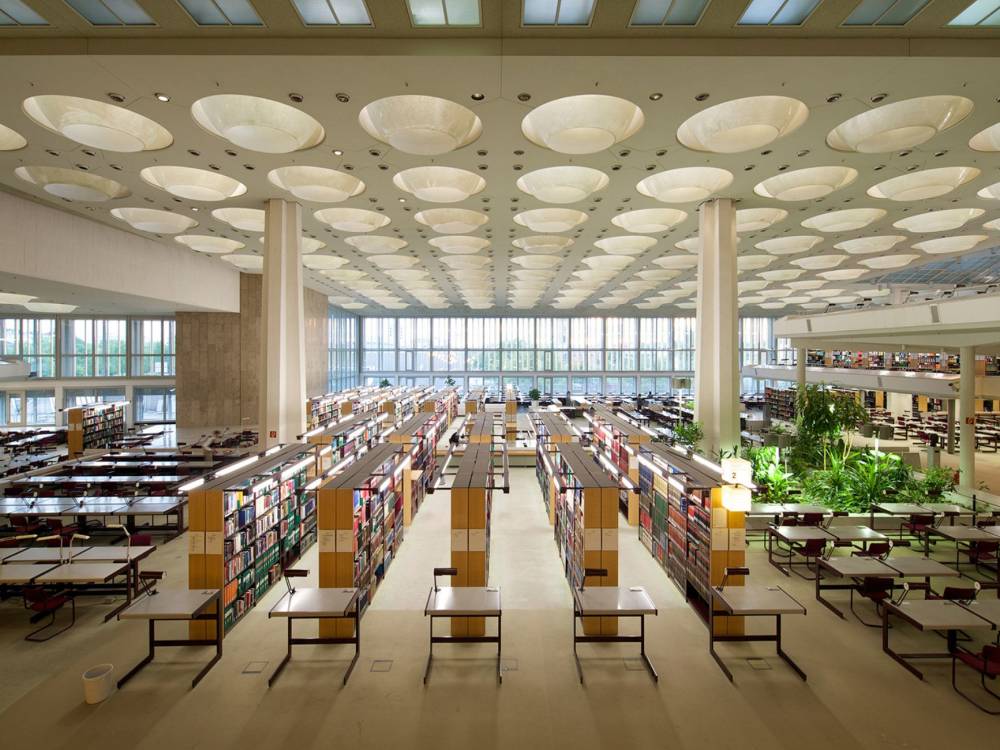
Edgar Wisniewski and Hans Scharoun
Berlin State Library, 1967
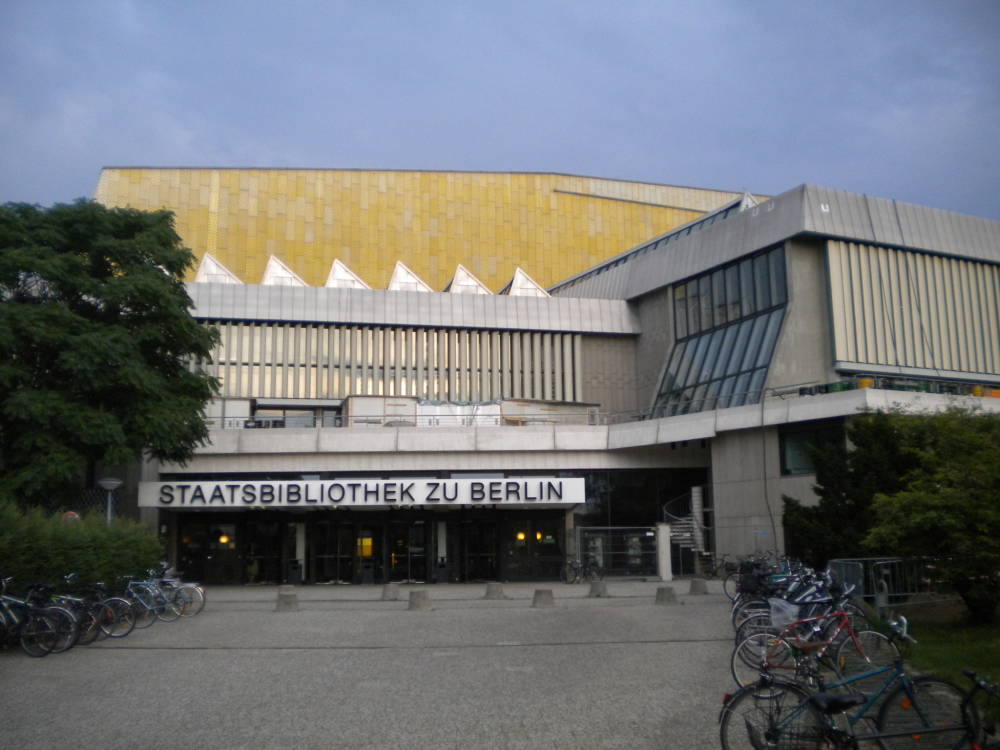
Edgar Wisniewski and Hans Scharoun
Berlin State Library, 1967
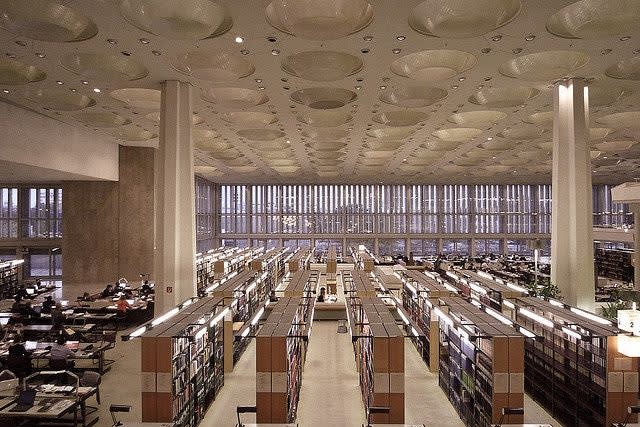
Edgar Wisniewski and Hans Scharoun
Berlin State Library, 1967
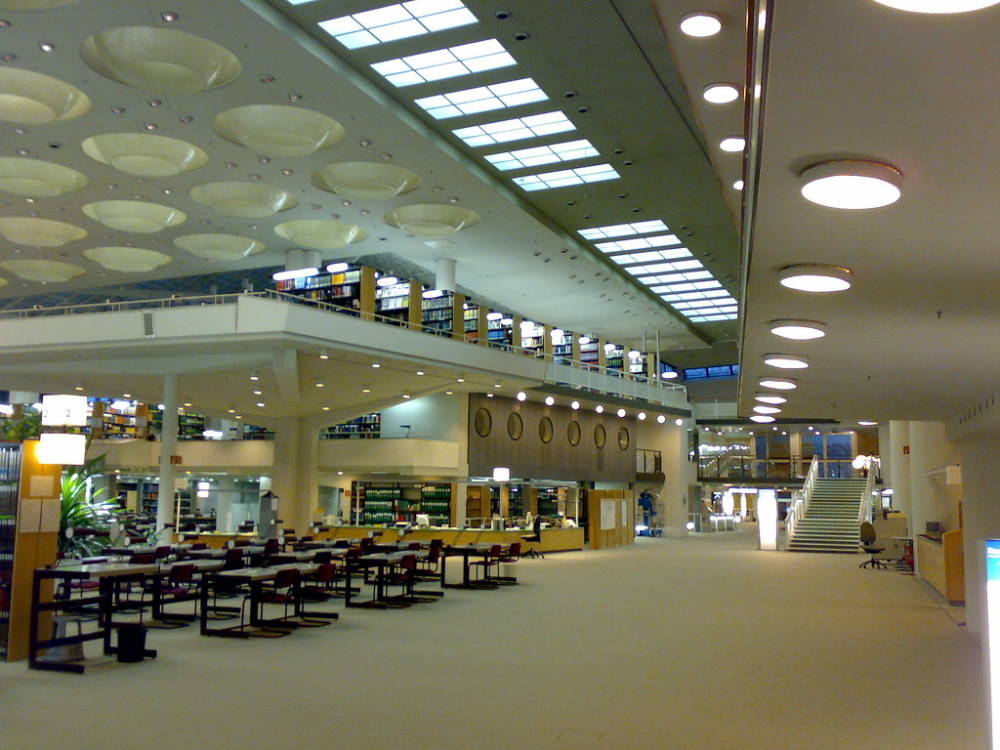
Edgar Wisniewski and Hans Scharoun
Berlin State Library, 1967
Over the last twenty years, experimental design trends have taken over library architecture around the world. The Library and Learning Center University of Economics in Vienna, Austria, for example, designed in 2013 by Zaha Hadid, looks more like a freeze-frame of a moving spaceship than a building to house books and research materials. In quintessential Hadid style, the dynamic structure employs striking lines and expressive curves to create a world, or galaxy, of its own. In a similar fashion, the Qatar National Library’s newest building, designed by Dutch architect Rem Koolhaas and in 2017, pairs a monolithic façade with a futuristic interior designed to appear like an amphitheater of books.
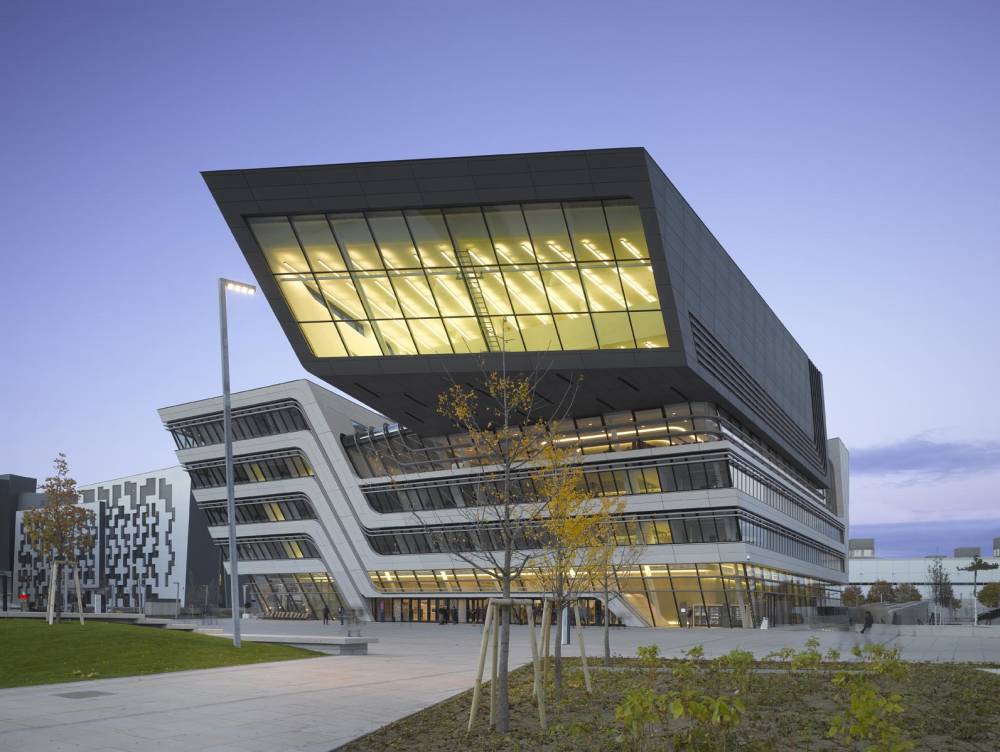
Zaha Hadid
The Library and Learning Center University of Economics in Vienna, Austria, 2013

Zaha Hadid
The Library and Learning Center University of Economics in Vienna, Austria, 2013
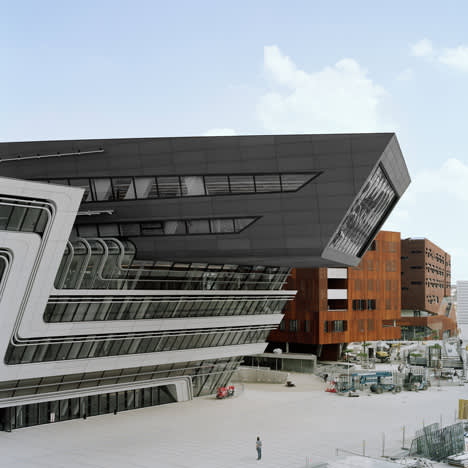
Zaha Hadid
The Library and Learning Center University of Economics in Vienna, Austria, 2013
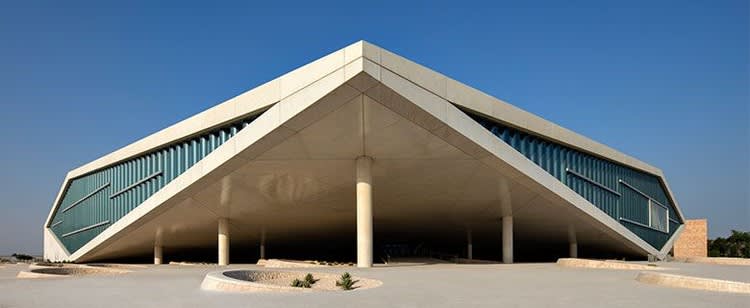
Rem Koolhaas
The Qatar National Library, 2017
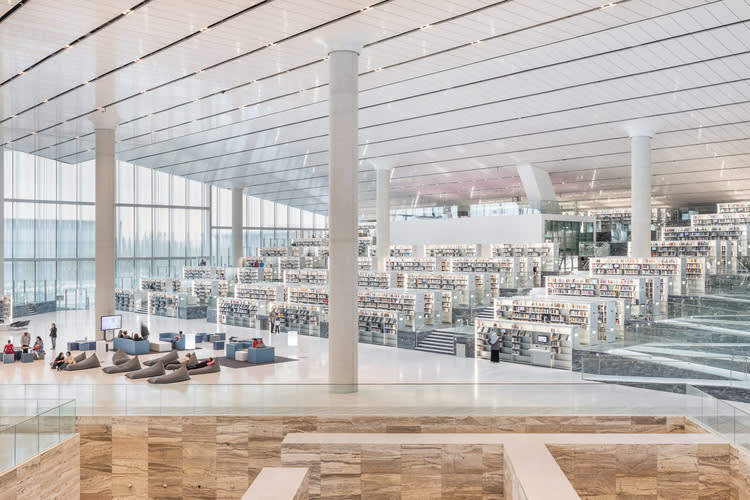
Rem Koolhaas
The Qatar National Library, 2017
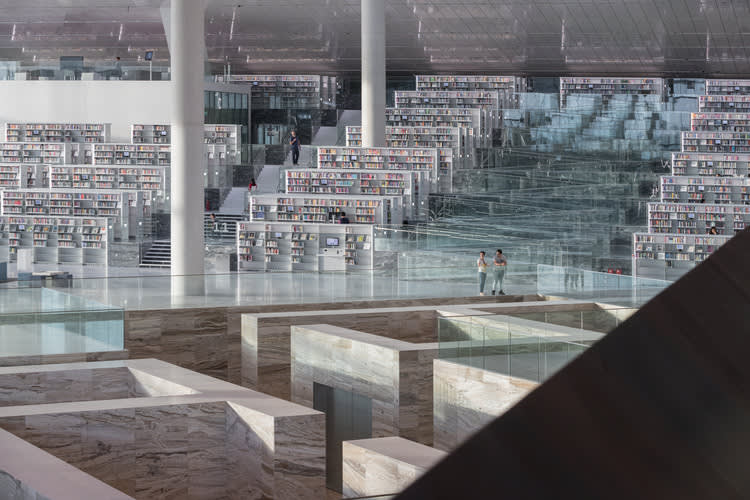
Rem Koolhaas
The Qatar National Library, 2017
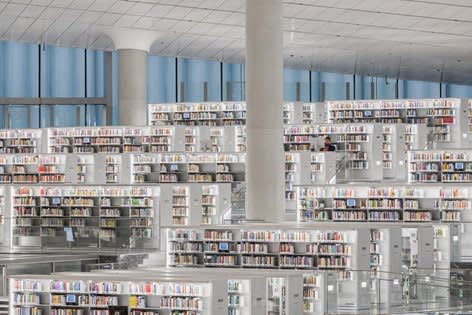
Rem Koolhaas
The Qatar National Library, 2017
Furthermore, Milan’s Biblioteca Degli Alberi – which translates to ‘Library of Trees’ – takes new-age libraries to the next level, given that is void of printed material all together. Built between 2003-2004, the urban design project focuses instead on planting planes and infrastructure, using the term ‘library’ – or ‘biblioteca’ – to denote the vast majority of foliage and nature contained in the space; much like the extensive amount of information one would encounter in a traditional library.
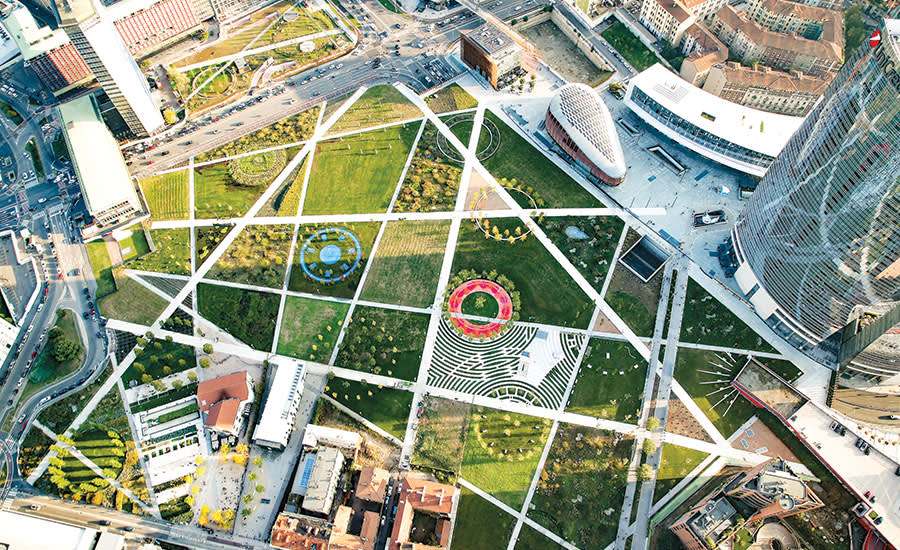
Studio Giorgetta Collaborators
Biblioteca Degli Alberi, 2003-04

Studio Giorgetta Collaborators
Biblioteca Degli Alberi, 2003-04

Studio Giorgetta Collaborators
Biblioteca Degli Alberi, 2003-04
Whether you’re in search of a ‘safe’ public space in a post-COVID society, or merely quenching your thirst for knowledge, libraries will forever be sanctuaries of hope and security.



